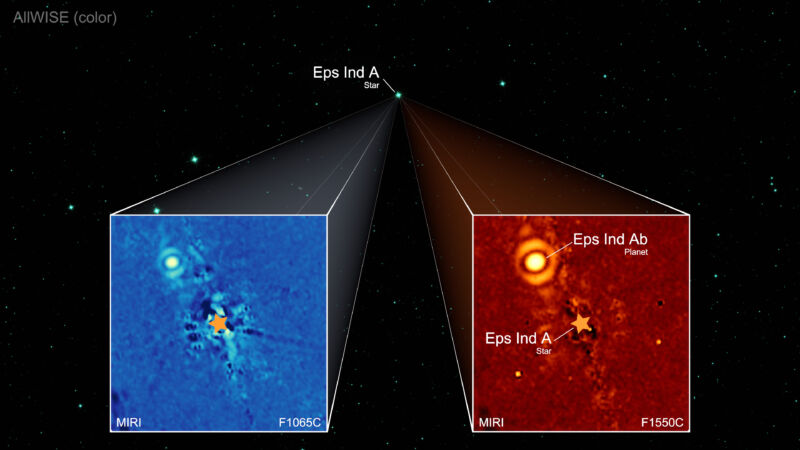Webb confirms: Big, bright galaxies formed shortly after the Big Bang

Enlarge / Some of the galaxies in the JADES images. (credit: NASA, ESA, CSA, M. Zamani)
One of the things that the James Webb Space Telescope was designed to do was look at some of the earliest objects in the Universe. And it has already succeeded spectacularly, imaging galaxies as they existed just 250 million years after the Big Bang. But these galaxies were small, compact, and similar in scope to what we'd consider a dwarf galaxy today, which made it difficult to determine what was producing their light: stars or an actively feeding supermassive black hole at their core.
This week, Nature is publishing confirmation that some additional galaxies we've imaged also date back to just 300 million years after the Big Bang. Critically, one of them is bright and relatively large, allowing us to infer that most of its light was coming from a halo of stars surrounding its core, rather than originating in the same area as the central black hole. The finding implies that it formed through a continuing burst of star formation that started just 200 million years after the Big Bang.
Age checks
The galaxies at issue here were first imaged during the JADES (JWST Advanced Deep Extragalactic Survey) imaging program, which includes part of the area imaged for the Hubble Ultra Deep Field. Initially, old galaxies were identified by using a combination of filters on one of Webb's infrared imaging cameras.

